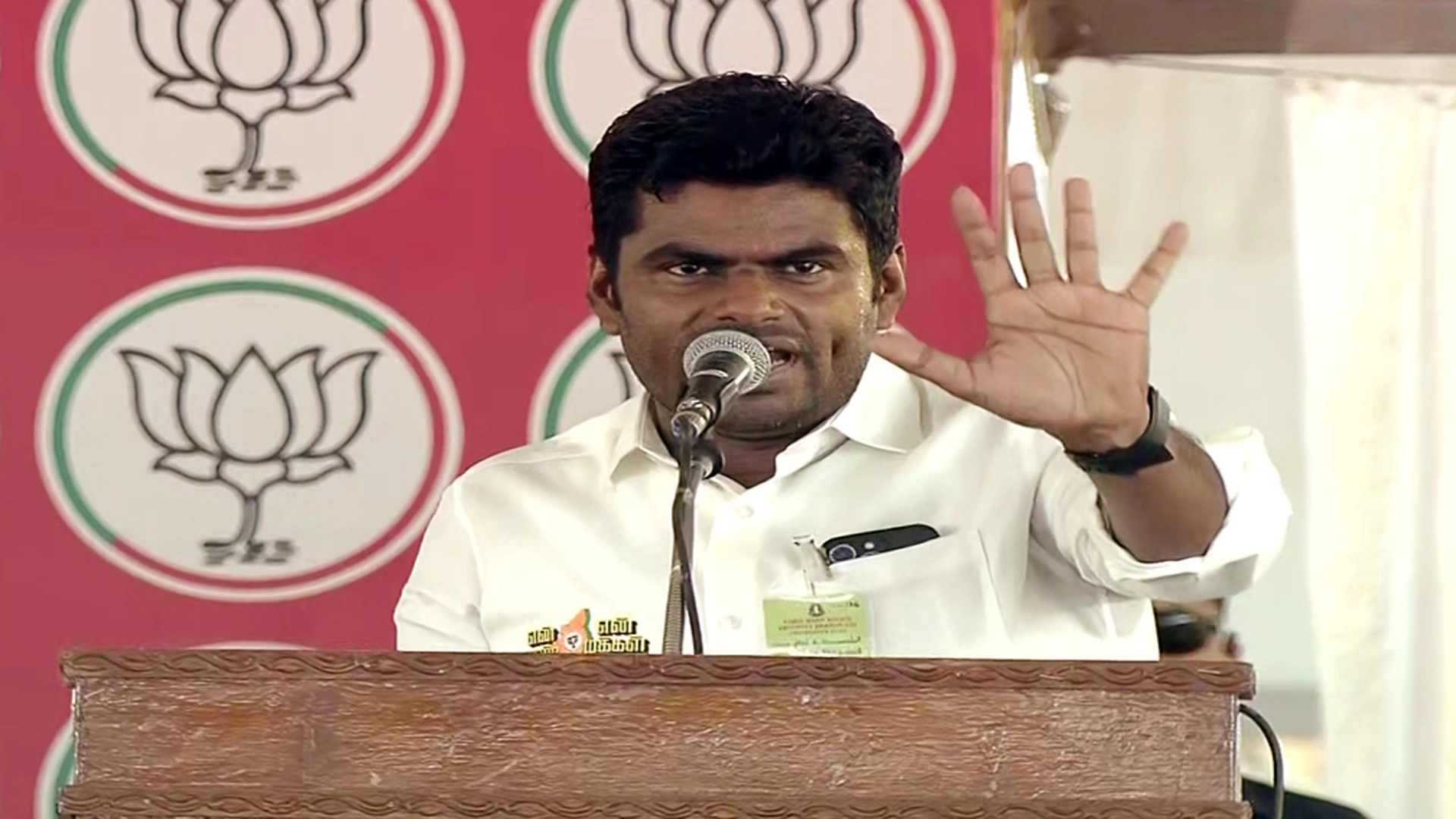During the 2021 United Nations Climate Change Conference, otherwise known as COP26, Prime Minister Narendra Modi pledged to achieve a net zero target by 2070 and enhanced objectives to tackle climate change. India is focused on generating 50% of the total energy from renewable resources by the year 2030 and slashing carbon emissions by a billion tonnes in the same year. It goes without saying, solar power is among the most popular renewable energy sources today. In fact, according to the International Energy Agency (IEA), solar power is the fastest-growing renewable energy source, and adopting it could be critical in meeting global climate goals.
In this regard, solar cables are a crucial component of the renewable power system as the specialised cables help connect the solar panels to the electrical grid. The shift towards sustainable practices and products is helping lower the impact on the environment and fostering innovations and investment in the solar cable sector. The industry provides infrastructure to power up households, businesses, and communities.
In 2020, the global Solar Cables market’s valuation stood at $694.76 million and is projected to achieve the $1686.91 million target by 2028. By 2021, the installed capacity for renewable energy in India stood at 151.4GW, out of which solar energy accounted for 49.34GW.
The renewed demand for eco-friendly products, including solar cables has propelled the solar and the wires and cables industry. This growth has prompted innovations and slashed the impact on the environment for a more sustainable future. The wire and cable industry is also responding to the growing demand for innovation and eco-friendly products, giving the drive for sustainability much-required momentum.
Notably, the growth in the solar cables industry in India can be attributed to multiple factors, including the rapidly increasing adoption of renewable energy sources, more government initiatives, and suitable subsidies for developing more solar power projects. In addition, the growing interest and rising awareness about clean energy’s importance is behind the solar cable’s push.
The government has revised the National Solar Mission target of its Grid Connected Solar Power projects from 20,000 MW to 100,000 MW in 2022. In addition, solar energy has taken a central place in the country’s National Action Plan on Climate Change, with the National Solar Mission being a vital program.
Such government-backed initiatives and the rise in solar power generation have prompted a sharp growth in the demand for solar power tech and cables for the harvest, storage, and even transmission of renewable energy, thus accelerating the drive toward sustainability and renewable energy goals.
Cables are the only medium that can transmit power. As a result, specific cable requirements for transmitting solar energy have driven cable manufacturing companies to develop their products as per critical standards like standards and specifications.
Notably, in both solar thermal power plants and solar photovoltaic technology domains, cables with high efficiency, low heating problems, and a minimum of over 20 years’ shelf-life are preferred. Nowadays cable manufacturers are using high-tech mechanisms, technologies such as e-beam cross-linking, and halogen-free materials. The use of high-quality materials and techniques ensures the longevity of the cables, which helps lower the impact on the environment and resources significantly. Leading solar cable manufacturers are using authentic certifications and rigorous testing parameters as a testament to showcase their quality and proficiency.
However, the adoption of solar cables across businesses and sectors is accelerated by their accompanying benefits that forward the quest towards sustainability in the country. For instance, supreme quality solar cables are designed keeping international safety and quality standards in mind, which makes them globally acceptable.
These new-age cables are designed to withstand extreme weather situations and outdoor environments. They are built using high-quality materials that can resist heat, moisture, cold, and UV radiation, ensuring the safety and overall reliability of the solar energy system. Also, it is the quality of solar cables that helps lower energy loss and boost the efficiency of solar panels, which help generate more clean energy and reduce carbon emissions.
CONCLUSION
As more companies and environmentally-conscious consumers seek to lower the environmental impact, the demand for eco-friendly energy sources, like solar energy and products like solar cables, will continue to soar. The rising demand for solar energy and solar cables will continue to innovate and boost investment in creating sustainable solutions to meet India’s renewable goals and net zero-target goals.
Hemant K Mehta is the Chairman and Managing Director of Elegar Kerpen Kabel India PVT LTD. As the company chairman and MD of Elegar, he is responsible for strategic decision-making.























